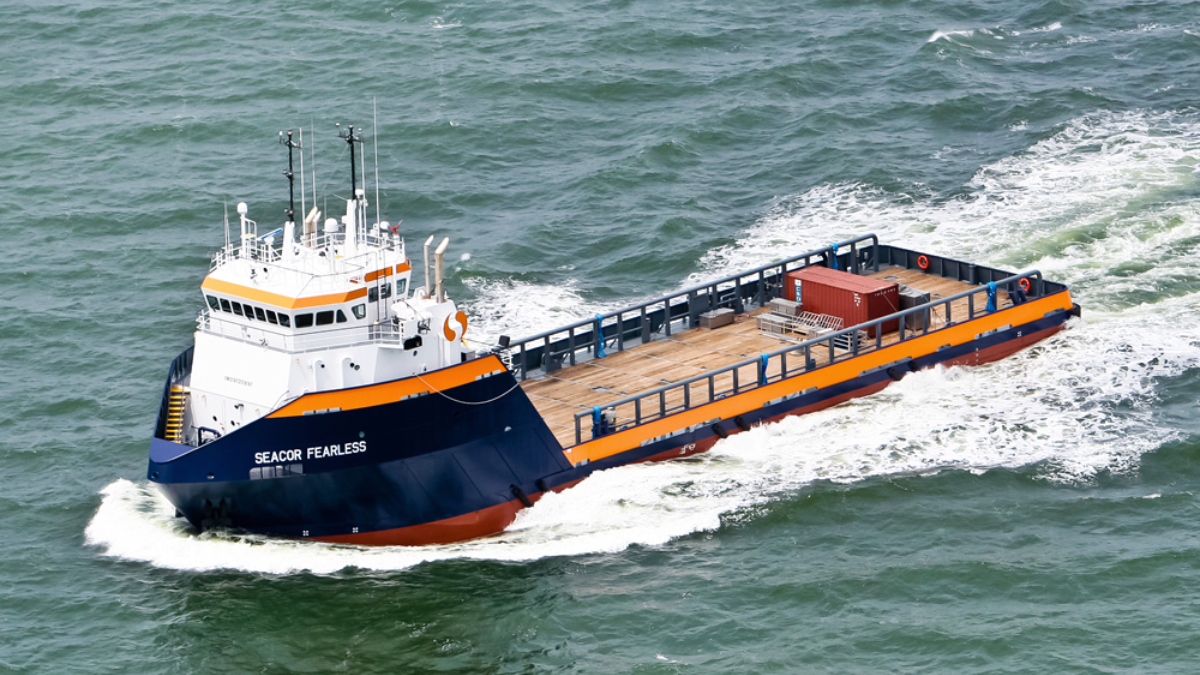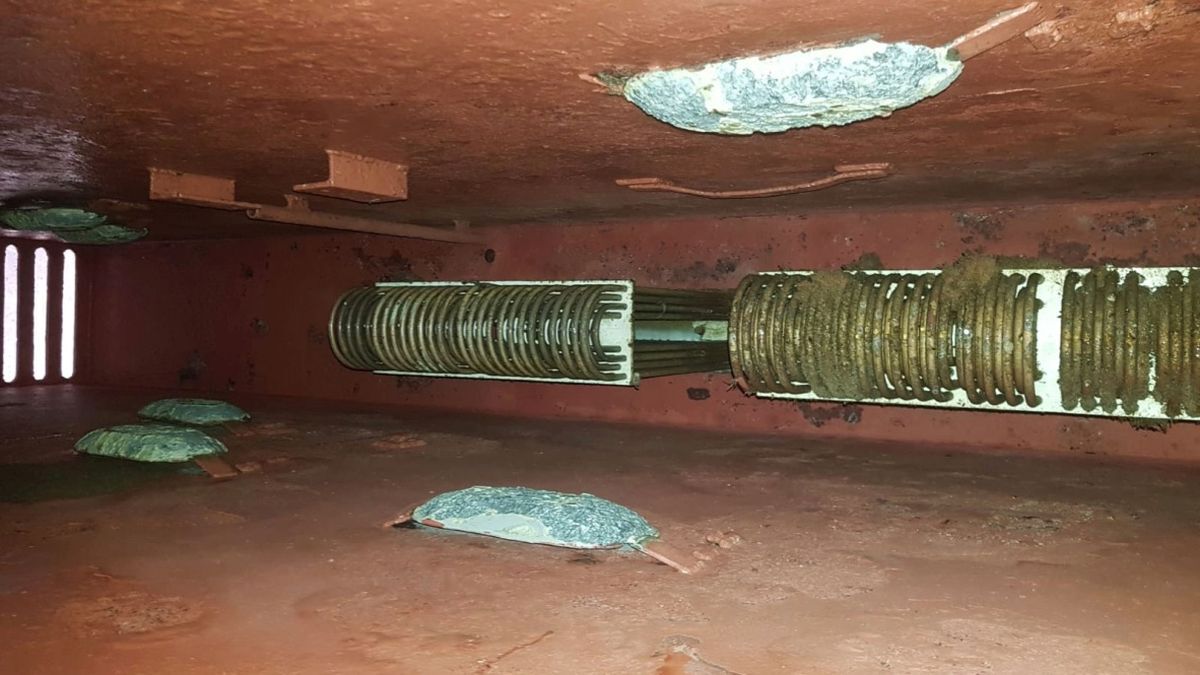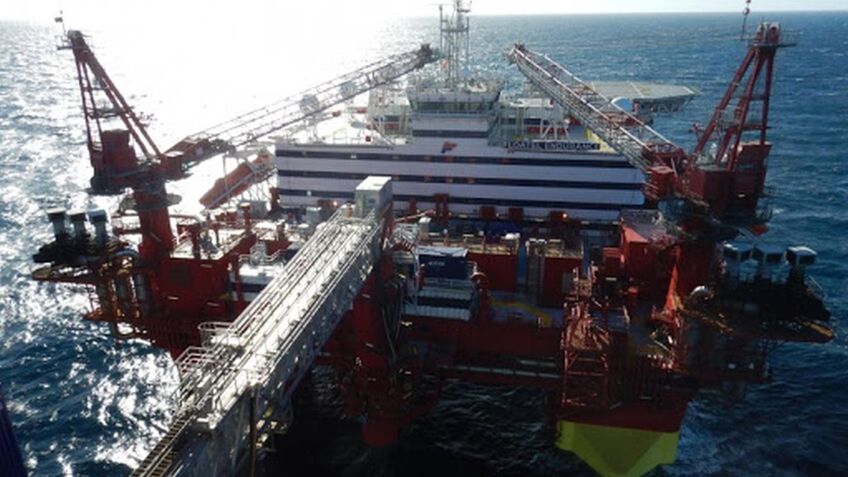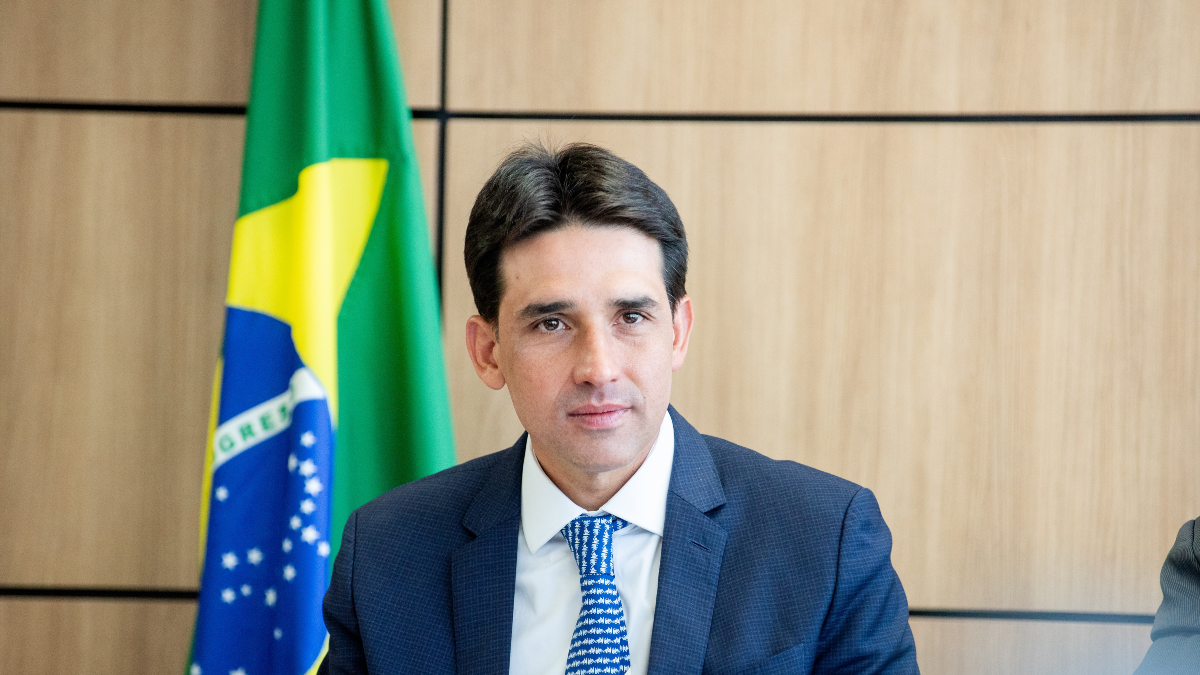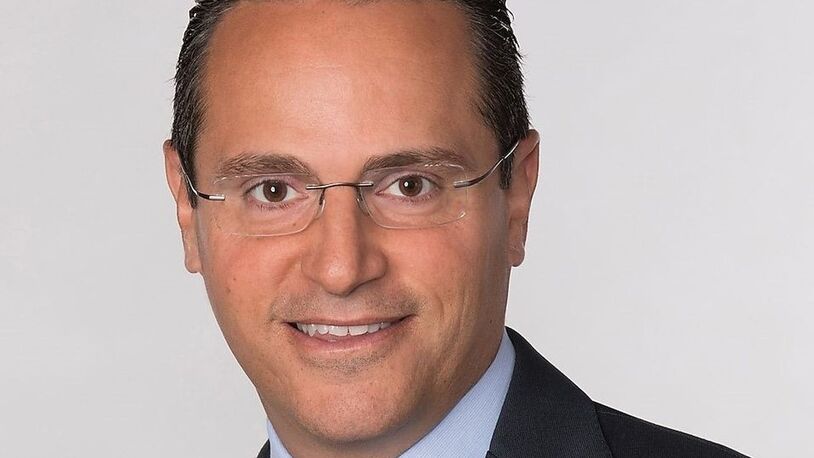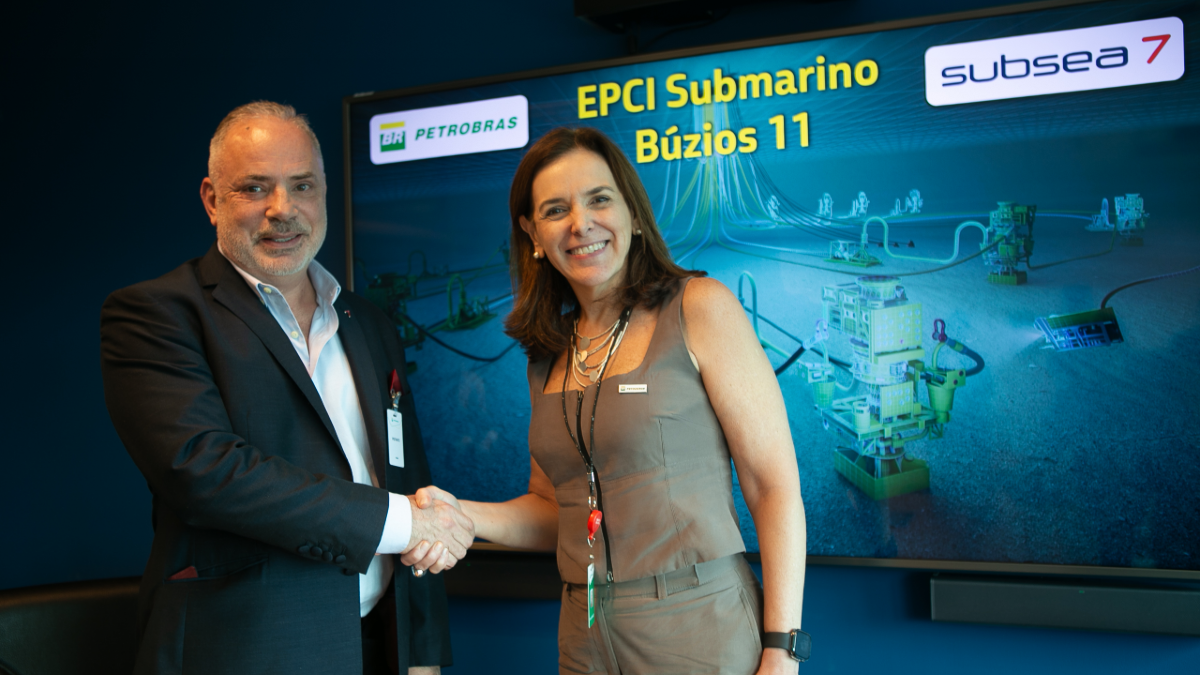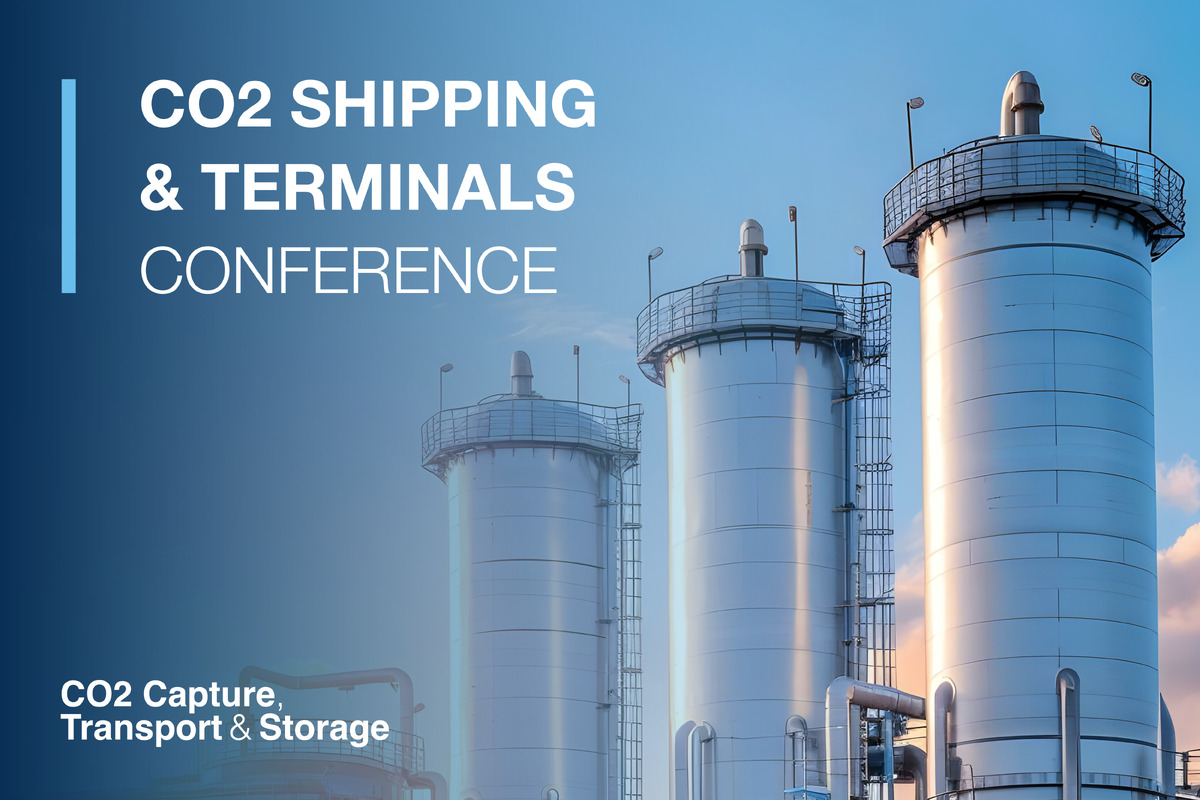Business Sectors
Contents
ARV accommodation concept offers shipyard at sea
An innovative approach to the provision of high end tonnage has been taken by Equinox Offshore Accommodation, acquiring secondhand vessels for conversion using refurbished equipment, to create what it has dubbed a ‘shipyard at sea’
Equinox Offshore Accommodation Ltd was created in 2007 to meet one of the growing challenges facing the oil nd gas industry, that is, a lack of ccommodation capacity offshore. The company’s plan is to build at least three dynamically positioned Accommodation and Repair Vessels (ARVs) with 400-600 berths, converting secondhand car ferries at the Sembawang shipyard in Singapore at a cost of circa S$85 million/vessel.
Equinox, which holds options for another five units, expects the first unit to enter the market as soon as the fourth quarter of 2008, securing early cashflow for the company.
Sembawang is, of course, one of the world’s leading conversion yards, with a proven track record from several FPSO conversions, more technically complex than the ARV project – a fact that should substantially reduce risk; moreover, the founders of Equinox Offshore Accommodation have a background in managing both the commercial and technical side of several FPSO projects. Sembawang has also taken an equity stake in the project, which is also backed by accommodation industry specialist Consafe AB.
As Equinox points out, and as has been highlighted in earlier features in OSJ on accommodation ships, the overall global market is fragmented, with many players and a wide range of vessels and barges.
Looking more closely at the high end of the market where Equinox ARVs will compete, Prosafe stands out as a major player, and has announced that it intends to separate its FPSO and accommodation business later this year. Such a transaction would create a pure accommodation rig operation, whose plans could fit in well with those of Equinox, and provide Prosafe, currently the market leader, with an opportunity for growth. Equally, there are a number of other potential suitors for Equinox, such as Floatel International Ltd, which has a new, harsh-weather, semi-submersible under construction and ambitions to grow in the accommodation market.
Oil companies face declining reserves and increasing depletion rates from producing fields, and energy demand continues to climb. The oil companies’ response to this challenge has been to increase investment in exploration for new deposits and to develop existing finds (so-called exploration and production,or ‘E&P’, spending).
The knock-on effect is increased installation activity related to greater production and more modification work on existing installations to enhance or maintain volumes. All these phases of an offshore field periodically require extra personnel available on site, and there will obviously be a need for additional accommodation for these workers.
This being the case, the Equinox ARVs are designed to offer a high value solution to oil companies, with attractive economics compared with competing high-end floatels in benign to moderate waters. According to Equinox, attractive Capex allows for ‘super profits’ to be achieved at day rates well below recent contract awards.
“Leading industry players have had attractive and stable earnings over a long period, and the accommodation market offers both long-term and spot opportunities”, said the company. “Some 300 offshore fields are expected to be developed by 2010 outside the northwest Europe continental shelf, according to data from Infield and Offshore Research. Growth is strongest in deepwater areas, where DP will be a requirement, and will come in regions that fit the Equinox ARVs,” said the company, noting that other important drivers for accommodation demand are field modification, maintenance and, further down the road, decommissioning.
“We believe the offshore markets will remain strong well into the next decade. The current orderbook for accommodation units is limited, and we expect the new ships to be absorbed. Part of the new capacity will go to fill up a current shortage of capacity, before one can start meeting increased demand. The accommodation fleet is generally made up of old converted drilling rigs and barges.
“There are very few high-end purpose-built accommodation units, and due to full orderbooks at suppliers of critical components such as heave compensated cranes, engines, thrusters and generators, and at shipyards, we expect that very little new capacity can come into the market until 2010 at the earliest,” continued Equinox.
“We do not expect to see many rig conversions, as both jack-up and semi-submersible rigs are being kept busy drilling exploration and production wells at record day rates. There is, of course, the risk of other ship conversions (such as Lauritzen’s Dan Swift, highlighted in the May/June issue of OSJ, and C&M Group’s much delayed Ice Maiden 1), but we do not expect any players to be able to match the set up that Equinox Offshore has with its in-house conversion experience and shipyard relationship.”
As also previously highlighted in OSJ, the global accommodation fleet is mainly made up of barges, which mostly have limited capacity when it comes to operational footprint. They also have limitations when it comes to distance from land and wave heights. Barges have the greatest market penetration in benign waters; semi-submersible rigs have the second largest market share ahead of monohulls and jack-ups; and the ranking is the same when measured in numbers of berths provided.
As Equinox also points out, many subsea construction assets have significant accommodation capacity on board, in addition to pipelay equipment, cranes and ROV capabilities, but the Capex for such units is so high that the company says it does not expect to see them competing in the pure accommodation market.
Infield assumes a total accommodation fleet of around 150 units at the end of 2007, growing to 176 by the end of 2012. This is made up of ‘primary supply’ (pure accommodation units) and ‘secondary supply,’ which includes subsea construction units with large accommodation capacity and low-specification barges. Included in Infield’s numbers are some units that do not compete for offshore work, such as barges with office buildings and temporary prisons. Adjusted for these units the corresponding numbers are 126 on 2007 and 154 in 2012.
Equinox’s ARVs are at the high-end of this particular market segment – the vessels will have DP2, enabling them to operate in unlimited water depths. Only around 20 per cent of the existing accommodation fleet has DP capability. The company also believes that its accommodation units will benefit in as much as the ARVs are being converted from passenger vessels, where demand for comfort on board is often high.
Most of the current high-end newbuilding units are targeting harsh-weather areas of the world - such as Edda Fjord and Floatel International’s newbuild DP3 semi. As also highlighted in OSJ, Ocean Hotels has ordered two new accommodation ships at Davie Yards in Canada for delivery in 2009 and 2010. This pair is targeting the same moderate to benign waters as Equinox Offshore although, claims Equinox, vessel Capex for the Ocean Hotels vessels is substantially higher at US$120 million. “We see the yard-risk as substantially greater,” said Equinox, noting that the Ocean Hotel vessels will have larger cranes and should be better suited for installation work. They do not offer those repair facilities which Equinox Offshore will have on its ARVs.
The Infield report describes a tight market for accommodation vessels in the years to come. High levels of offshore activity and a limited fleet growth should lead to high utilisation and rising day rates, a picture that comes out more clearly when looking at the high-end fleet, particularly as the limited number of DP vessels favours Equinox Offshore.
According to Equinox, recent events in the North Sea show that oil companies with increasingly complex infrastructure on the seabed will favour DP units before anchored units, even in shallow water. The company states that an analysis of supply and demand for the high end market reveals a considerable imbalance, leading to significant activity substitution (particularly with work being deferred or split into smaller packages) and missed opportunities, as well as supporting record day rates.
“The supply and demand imbalance seen at the high end indicates a strong market for the ARVs in the coming years,” claims the company in a recent presentation. “Our base case day rate assumption is US$100,000 in time charter equivalent earnings. This is below the forecast day rate for benign-water units by Infield. This takes into account those ARVs functioning only as an accommodation unit, with no extra pay for the repair features.
“We believe there may be a significant upside to the base day rate in the current market environment, mainly on shorter contracts. Very long-term contracts could arguably come in slightly below the base case. We use an average utilisation rate of 85 per cent.”
Each ARV will be offered as an accommodation unit with an onboard ‘repair yard’, as Equinox puts it, and could greatly increase the scope of work it is possible to perform on an offshore field with relation to critical services such as metal works, welding and tooling. “The ARV will be a new tool available to oil and gas ompanies, and early feedback is very positive,” said the company, noting that the project economics are “very attractive,” with a pay-back of just over three years on base-case assumptions.
Equinox was created in 2007 by Petter Høie and Arne Johnsen (who both invested their own cash in the initial placement) to build an initial three ARVs. Having an excellent relationship with Sembawang, they negotiated a contract to convert up to six ARVs based on the conversion of second-hand high-specification car ferries. Assuming that conversion work runs according to schedule with delivery of the first later this year, the next two are due to be completed in the first half of 2009.
The Singapore-based oil services group Equinox Energy has supported the company with commercial and technical management services during the construction and operational phases, working on a standard cost-plus arrangement.
According to Mr Høie, the ARVs offer potential investors in the company a rare opportunity to tap into the accommodation market with what is a very short time to cashflow compared with similar projects.
“The ARV offers a unique concept to the offshore oil and gas industry. It brings living quarters on site where additional capacity is needed to house workers during people-intensive phases of the life-of-field-cycle. It will also bring a full repair yard out to sea, significantly increasing the scope of work that can be performed at the field, rather than bringing equipment and tools onshore,” he told OSJ.
Use of conventional, high-quality car ferries as a basis for the project allows for a rapid conversion process compared with ordering a new vessel. Critical equipment – such as cranes and thrusters – for the conversions are mainly being sourced secondhand, and all of the used equipment will be stripped down and fully refurbished before installation, allowing for a rapid conversion process compared with the current waiting time for more than two years for some long lead items and perhaps in excess of three years for a vessel newbuild.
Once completed, the ARVs will have 400 to 600 berths with space for additional beds if needed (the actual number of berths will differ from vessel to vessel). The ferries already have high quality sleeping quarters and come fully equipped with galleys and dining rooms with all cutlery, plates, linen and so on in place. Discothèques and bars will be transformed to meeting rooms and offices. Safety regulations in the ferry industry are very good, and the vessels meet standards set for offshore work. They will be remain classified as ships, with DNV having been chosen as class society.
The ARVs will have a minimum 50 tonne offshore crane and a smaller crane to handle provisions. A heave-compensated gangway between each vessel and an offshore nstallation will ensure a stable platform of transfer of workers between the units, and DP2 capability will allow them to stay on station without anchors.
Another benefit of using car ferries as the basis of the conversions is that having controllable pitch propellers and thrusters forward, the vessels only require the addition of an aft thruster to be prepared for DP2, and Equinox Offshore has already obtained aft thrusters for five vessels and will acquire DP systems for the ships from Kongsberg.
As mentioned above, the ARVs may also act as launching platforms for ROV services and subsea installation jobs, when required, and Equinox Offshore has secured access to a saturation diving system, which can be installed to further add to scope of services and enhance earnings.
The ferries’ car decks will offer a sheltered area for much repair work to be undertaken, including a welding shop, machine shop, potential for gas turbine testing as well as instrumentation and automation shops, thus adding value to the company’s offering, particularly in areas where infrastructure is limited, such as West Africa, where energy companies can face very long lead times, potentially delaying or shutting down production, for repairs, some of which the Equinox ARVs will be able to perform on site.
Equinox Offshore secured the first vessel for conversion – the ice-classed Tallink ferry Meloodia – within is budgeted amount of US$20 million and the vessel entered the shipyard, on schedule, on 17 January. The ferry was originally built in 1979 by Meyer Werft as Diana II.
A number of other suitable candidates for conversion have been identified by the company, and Equinox says it does not see access to vessels as a major risk factor in he project. OSJ
Related to this Story
Events
Reefer container market outlook: Trade disruption, demand shifts & the role of technology
Asia Maritime & Offshore Webinar Week 2025
Marine Lubricants Webinar Week 2025
CO2 Shipping & Terminals Conference 2025
© 2024 Riviera Maritime Media Ltd.


